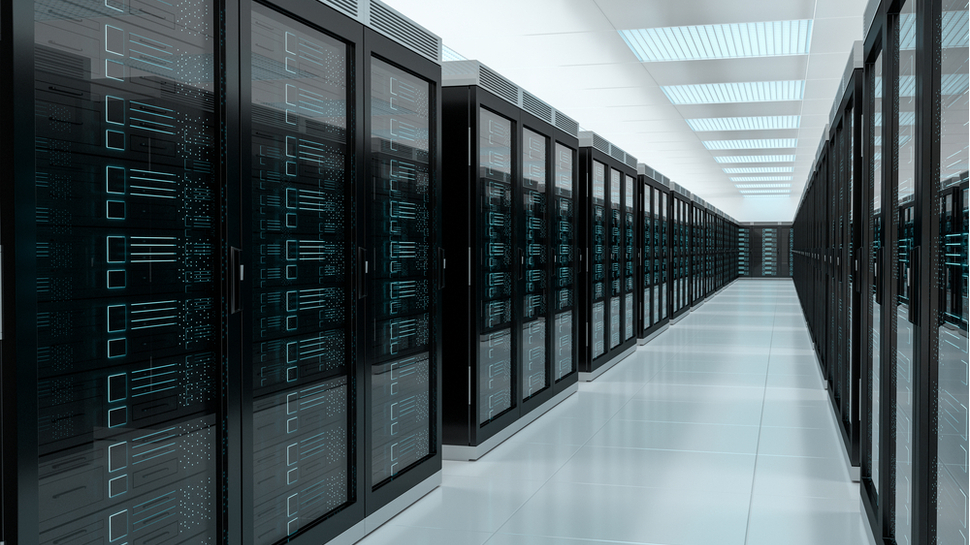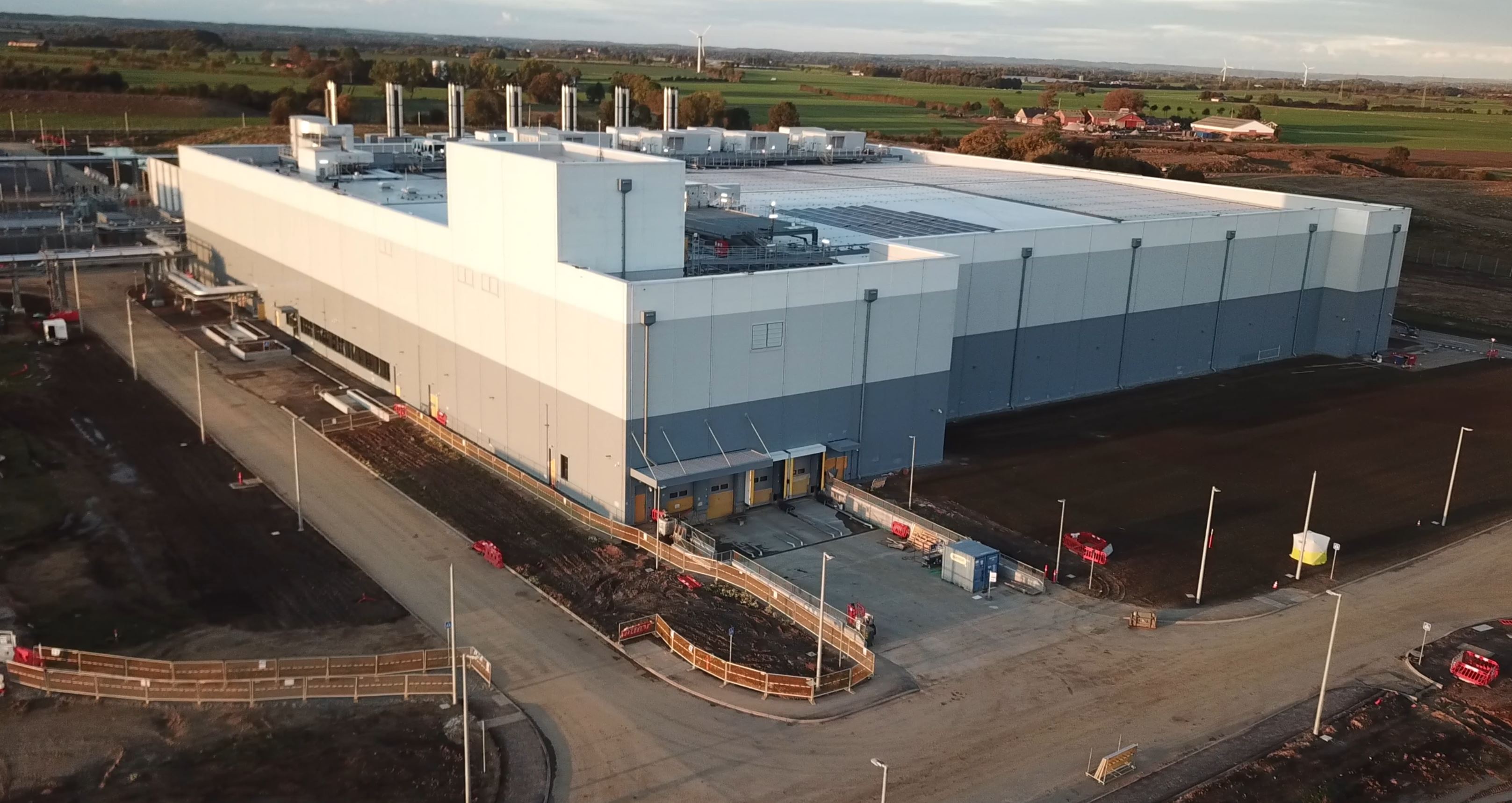Mini nuclear reactors could soon power data centers
A greener way to feed power-hungry hardware?

A new report has suggested that nuclear power could be a viable option to provide clean power to some of the world's largest data centers.
Analysists at tech research firm Omdia argue that small modular reactors (SMRs) could become prevalent in future years, replacing the need for data centers to draw power from the grid with their very own environmentally-friendly alternative.
Such reactors have been used in certain industries for many years, such as powering submarines in the US Navy, which has over 80 ships employing the technology.
Power potential
SMRs produce a lot less power than standard nuclear facilities, measured in megawatts as opposed to gigawatts.
Speaking to The Register, one of the co-authors of the report, Alan Howard, said that getting an accurate figure of the power consumption of the data centers used by cloud storage providers is tricky, as they often don't provide such figures easily or accurately.
A typical large scale data center may use 125MW of power, meaning four SMRs would be needed if they produce a typical 35MW each.
One problem, however, is the amount space needed to accommodate SMRs, typically requiring around 200,000 square feet. This means they would only really be viable in the largest data center sites. For this reason, the report recommends their use for colocations that require upwards of 100MW.
Are you a pro? Subscribe to our newsletter
Sign up to the TechRadar Pro newsletter to get all the top news, opinion, features and guidance your business needs to succeed!
However, Howard also suggests that smaller centers could partner with other local industries to make use of surplus power. Additionally, he also claimed that even smaller reactors, known as microreactors, could be used for backup power in data centers, as a replacement for batteries and diesel generators used currently.

Another area of concern that has always clung to nuclear power is safety. Howard and his co-author Vladimir Galabov argue that due to the small scale of SMRs, they are a lot less risky, as well as having rectified the design and safety issues of older reactors.
Another downside remains, however, and that is waste. Radioactive byproducts remain for a long time; they are highly toxic and there is no way to get rid of them, other than to store them in barrels and wait, possibly up to thousands of years, until they become safe.
Whilst SMRs do not need refueling that often - currently it can be around every 10 years, and the report claims newer designs can increase this to 30-40 years - SMRs have been found to produce 35 times more waste than larger nuclear plants.
Optimism still remains around SMRs, though. On the cost front, NuScale, an SMR startup, estimates that in several years time, its reactors will cost between $40/MWh to $65/MWh over their lifetime, putting them close to wind and natural gas costs, but just behind solar.
However, the US Energy Information Agency expects wind and natural gas to increase, and for solar to remain the same, in the coming decades, making SMR more favorable by comparison.
Faith in SMRs seems to be relatively strong, with the Nuclear Regulatory Commission greenlighting their use in the US. However, their use may still be a decade away on the most optimistic of readings, according to Howard. Realistically, he speculated their use in data centers to more like 10-15 years away.
- Here is our selection of the best small business servers

Lewis Maddison is a Reviews Writer for TechRadar. He previously worked as a Staff Writer for our business section, TechRadar Pro, where he gained experience with productivity-enhancing hardware, ranging from keyboards to standing desks. His area of expertise lies in computer peripherals and audio hardware, having spent over a decade exploring the murky depths of both PC building and music production. He also revels in picking up on the finest details and niggles that ultimately make a big difference to the user experience.